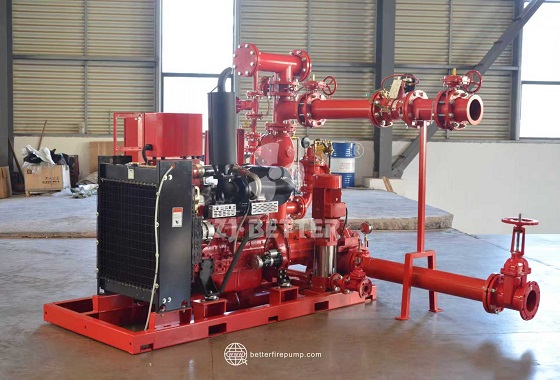The main functional characteristics of diesel engine fire pump
Diesel engine fire pumps can form an automatic fire water supply system with electric pumps and jockey pumps. See the introduction of “Diesel Engine Control System” for its working process. The equipment can realize joint control with the fire center. The fire pump unit is combined with the fire pump through the high elastic coupling. The unit also includes diesel tank, cooling water tank, fan, control panel (for automatic unit) and other components.
When it is an automatic control unit, the split diesel engine automatic control cabinet realizes the functions of automatic reset, input, automatic switching, automatic protection and other functions of the system. At the same time, it can also interface with the user’s fire center or automatic fire alarm device to realize remote control monitor.
The main functional characteristics of the diesel engine fire pump:
1. Automatic start: After receiving fire alarm/pipe network pressure/power failure/or other start signals, it can automatically start within 15 seconds and put into full-load operation;
2. Automatic charging: the battery can be automatically charged by the city power or diesel engine charging motor to ensure the smooth start of the unit;
3. Automatic alarm: automatic alarm protection for diesel engine low oil pressure, high water temperature and other faults, alarm and stop when overspeed;
4. Automatic preheating: make the diesel engine in a hot standby state to ensure emergency work;
5. Direct connection type: The diesel engine and the water pump used by the unit are directly connected through the elastic coupling technology, which reduces the failure points, greatly shortens the starting time of the unit, and increases the reliability and emergency performance of the unit;
6. Users can also request to set other alarm outputs;
7. It has the functions of telemetry, remote signaling and remote control.

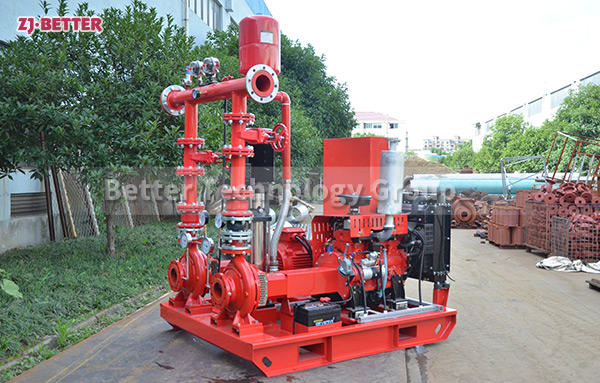
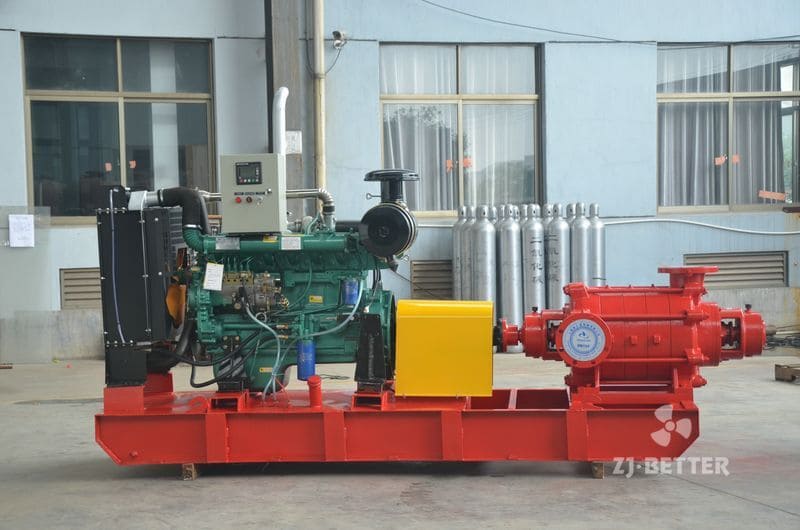
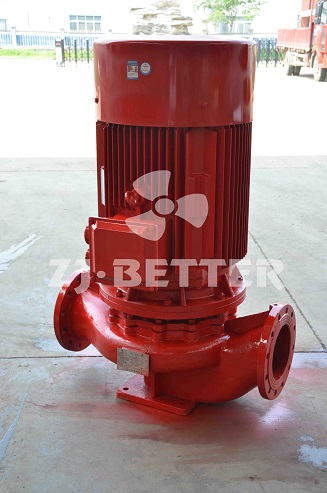
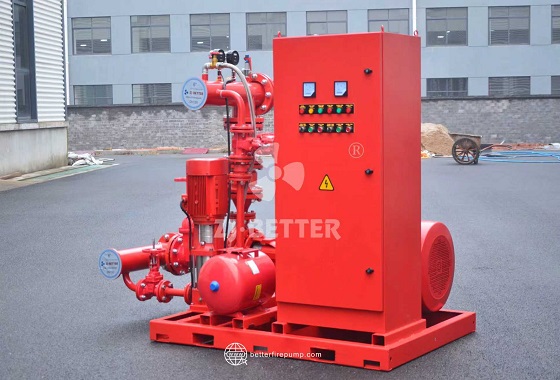
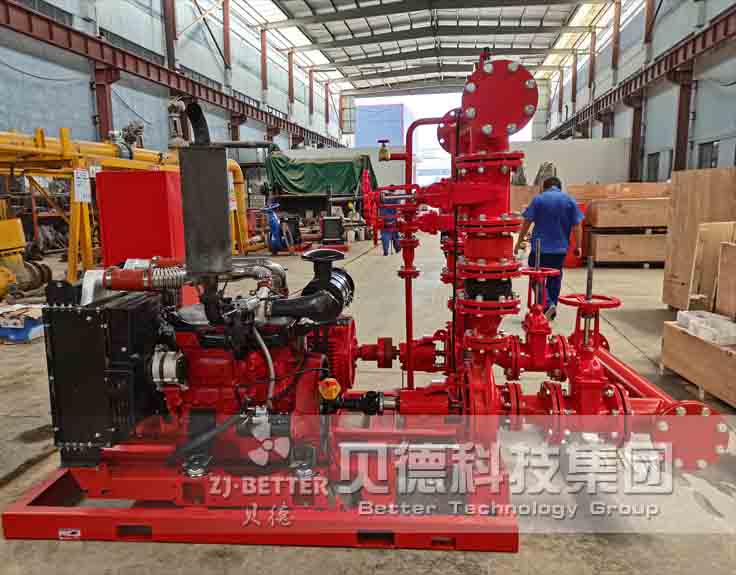



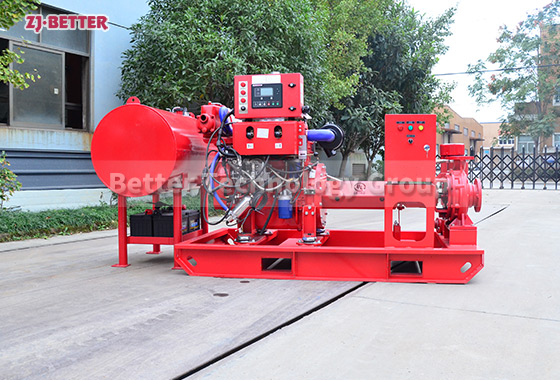

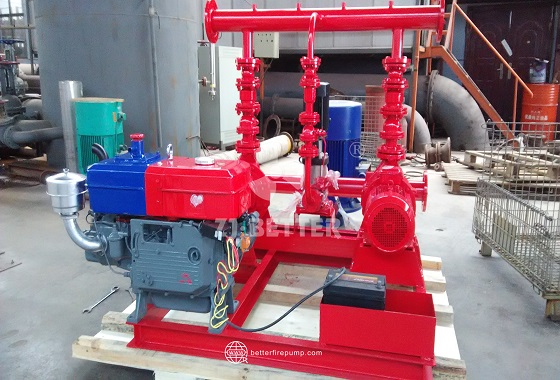
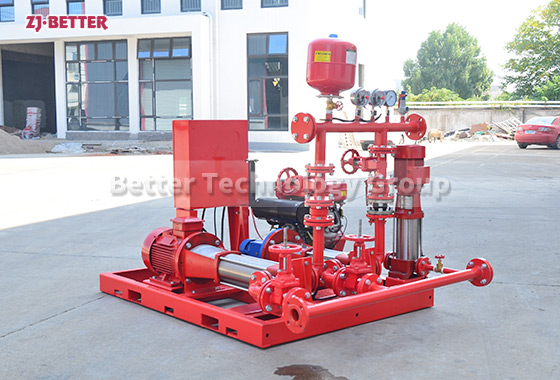
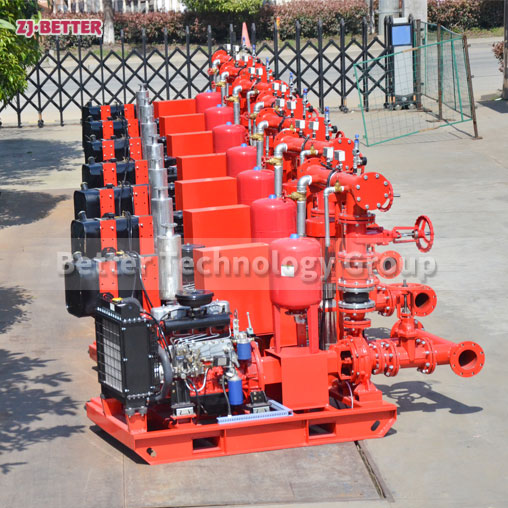
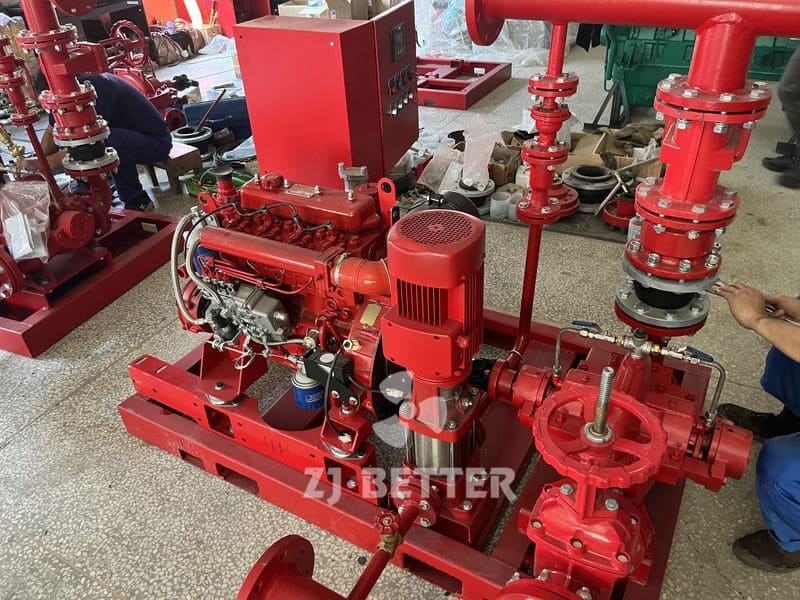
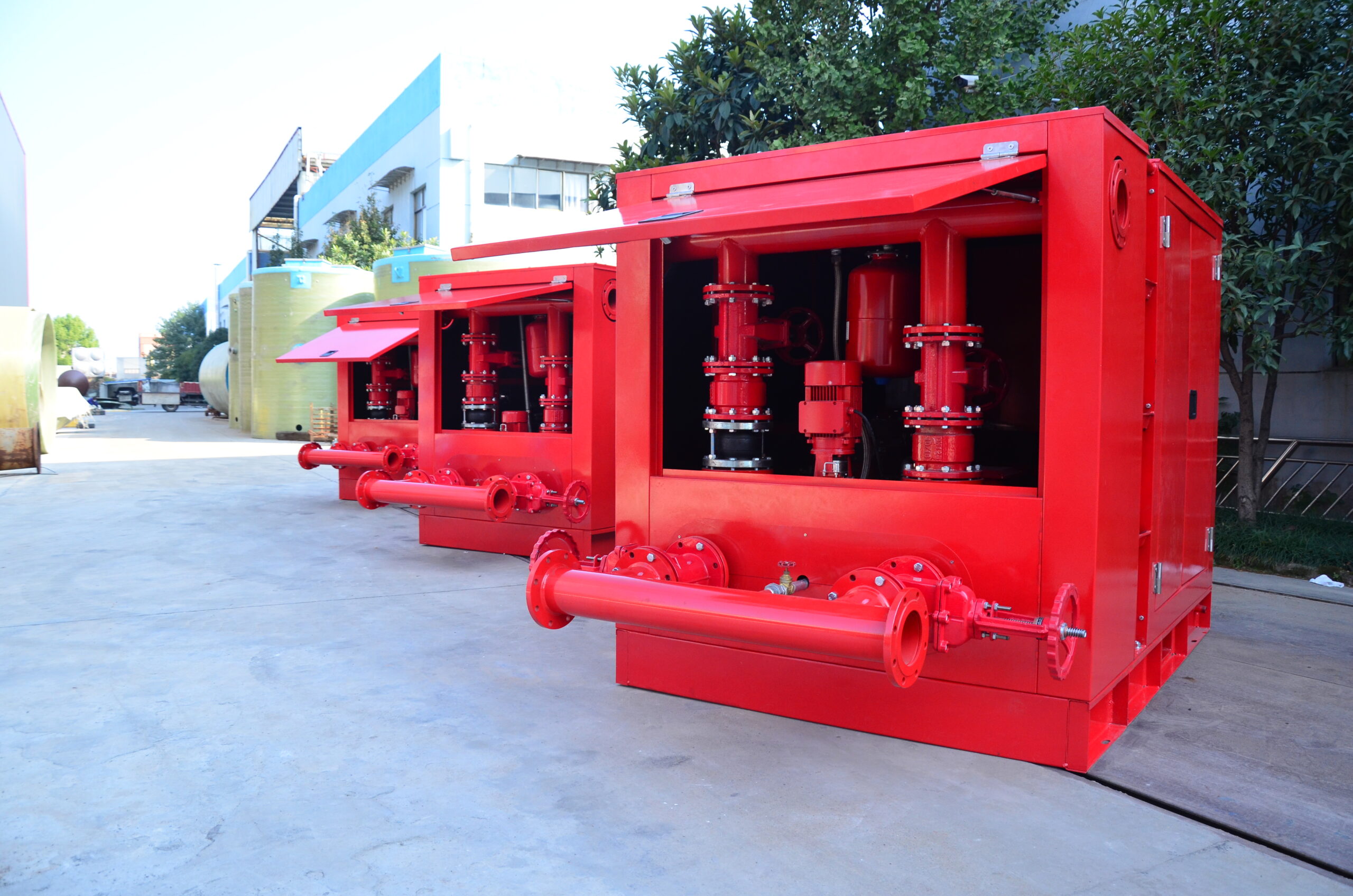
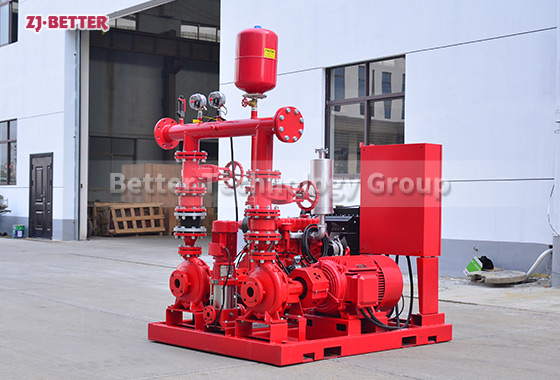


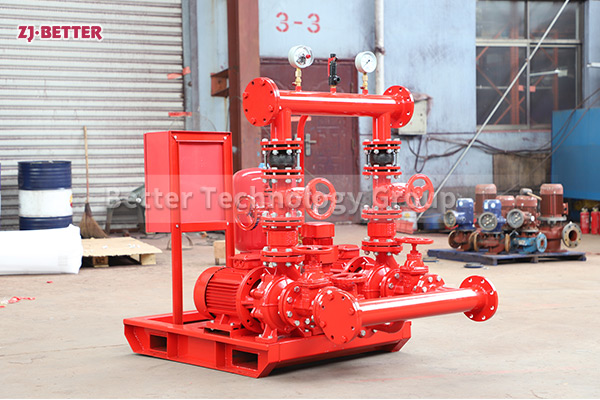

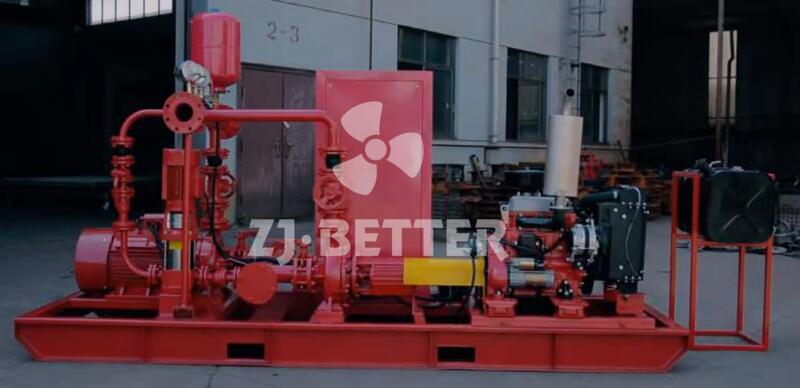
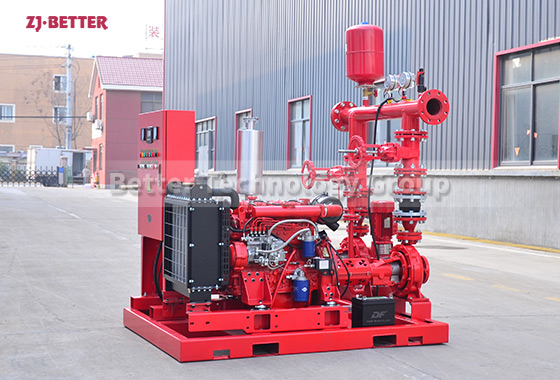
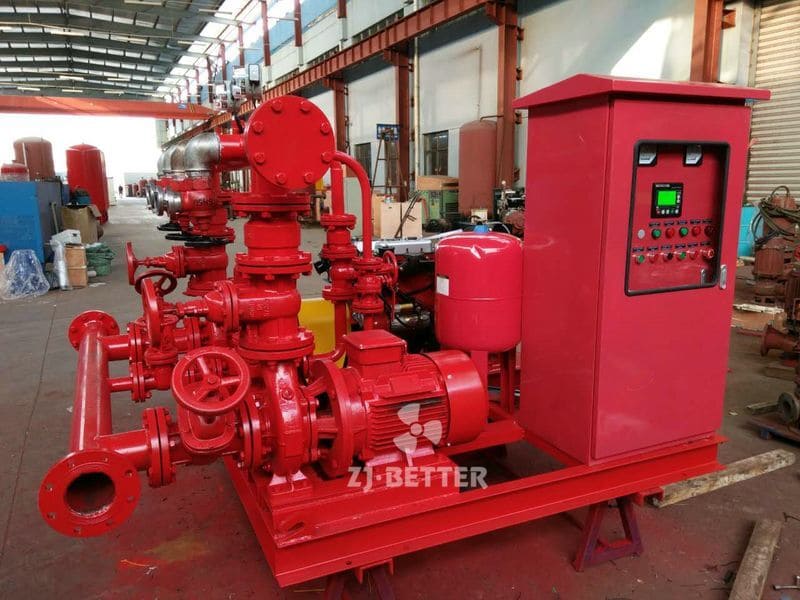
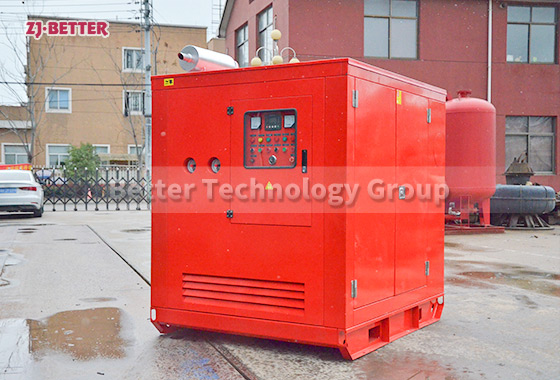

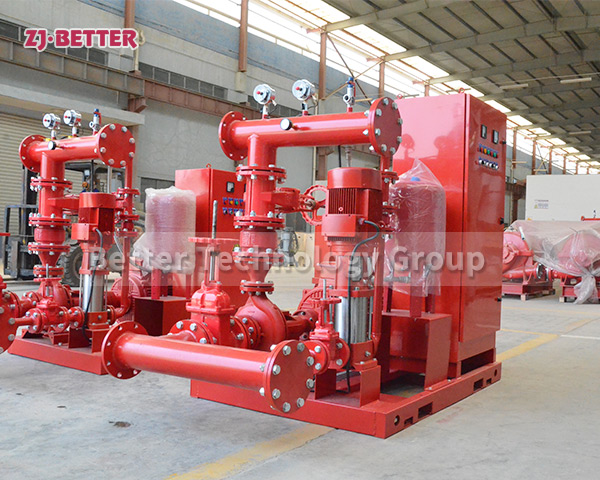
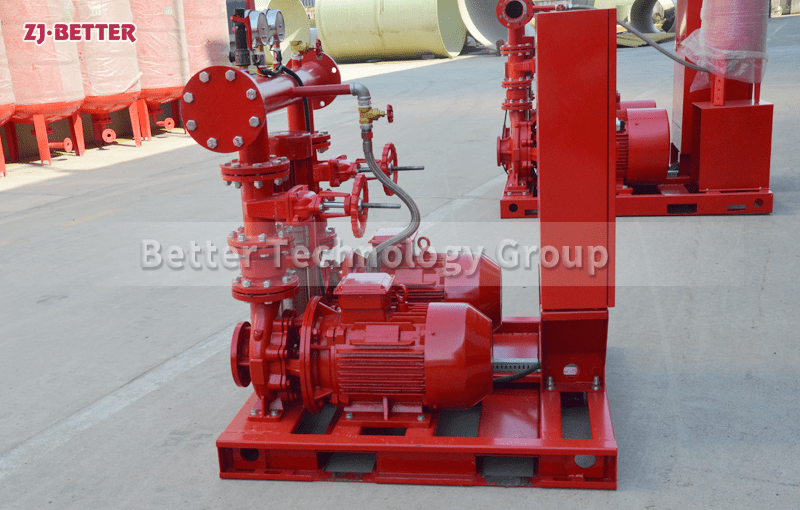
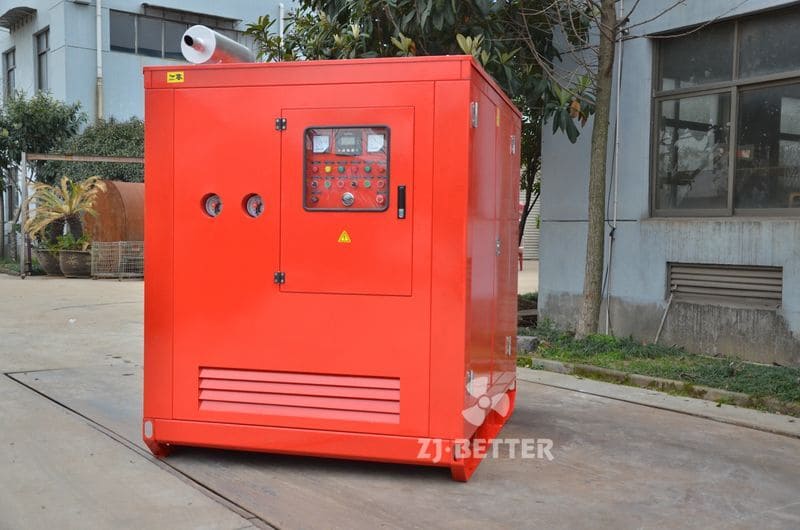
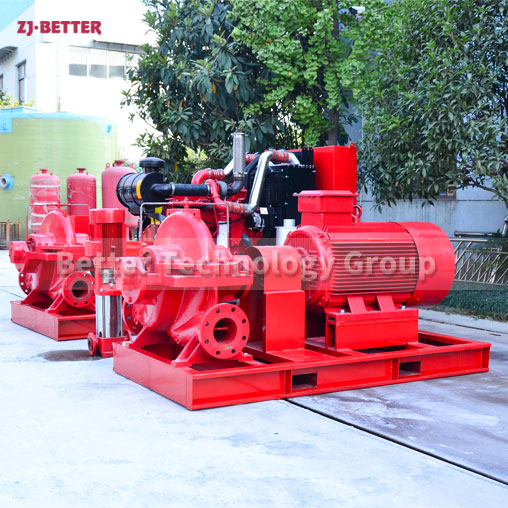
管道泵(不锈钢304316L).jpg)
